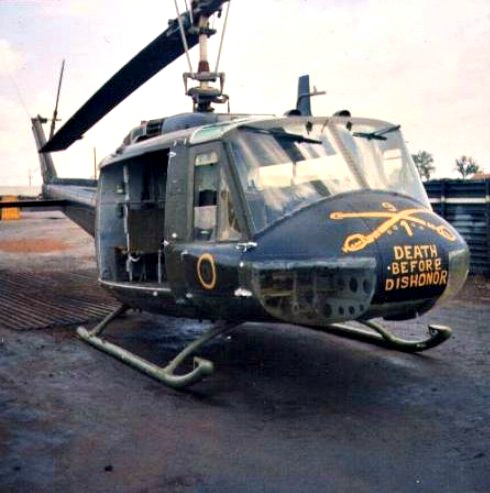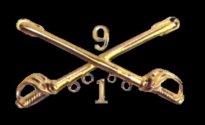What we ate

Chow Time On The Dmz by Bob George

Early each morning, while our choppers were cranking I would walk down to the Phuoc Vinh flight line to a supply conex container with eleven or so other Blues. There we gathered what we needed for another recon mission.
I’d grab my radio, smoke and fragmentation grenades and plenty of M16 ammo. The conex held everything we needed except our M16 that we kept by our side night and day.
There were also cases of C-rations in the conex with a variety of twelve different meals of which to choose. It was always a treat if you got your hands on LRP rations, which were much tastier. I filled at least two water canteens for the day. You didn’t want to short yourself of water; the heat and humidity in the jungle were very unforgiving.

Twelve different menus are included.
Each menu contains:
One canned meat item
One canned fruit, bread or dessert item
One B unit
An accessory packet containing cigarettes, matches, chewing gum, toilet paper, coffee, cream, sugar, and salt and a spoon.
Four can openers are provided in each case of 12 meals. Although the meat item can be eaten cold, it is more palatable when heated.
Each complete meal contains approximately 1200 calories. The daily ration of 3 meals provides approximately 3600 calories.”

1st Squadron, 9th Cavalry, 1st Air Cavalry Division mess hall (right) built to replace the one that burned in 1969.
Photo courtesy of Jim Delp
We usually ate a C-ration meal in the bush and as Blues, we had the luxury of returning to Phuoc Vinh for our last meal of the day at the mess hall.
Mess hall menu:
For breakfast, you had to decide whether or not you wanted SOS, which stands for Shit On Shingle, French Toast or pancakes. There were eggs and that day’s meat selection. Most of the time, it was bacon, but sometimes we had ham or sausage.
Coffee and chocolate or regular milk were the drinks of choice.
It seemed like every other day you got roast beef, mashed potatoes and gravy and a vegetable. The days in between was either a step up from beef, steak, hamburger or pork chops. We never asked where they got the meat.
Both Thanksgiving and Christmas meals were different in that stuffing, ham and turkey were offered instead of our usual daily dose of roast beef.
Many evenings I’d grab a vegetable burger from the officers club if the mess hall were closed before we got back. They sold them out of the club’s rear window.
After word had got out about the bad guy working in the mess hall, I consumed more cheeseburgers…


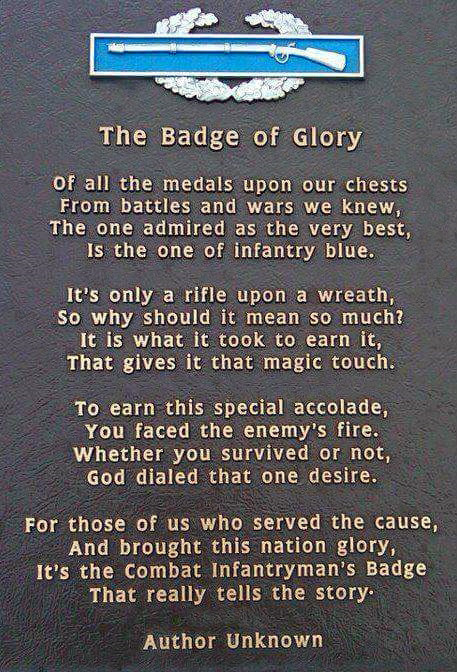



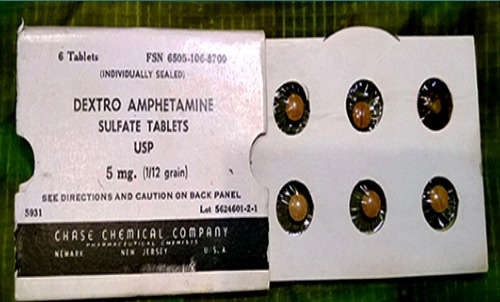
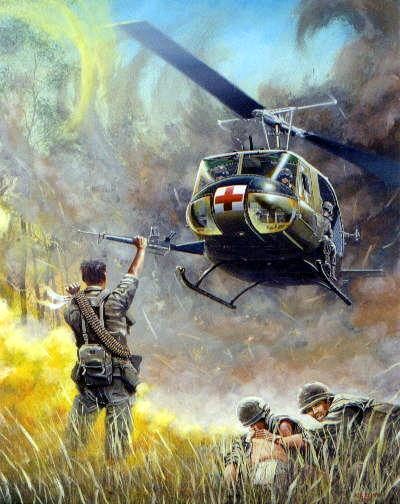
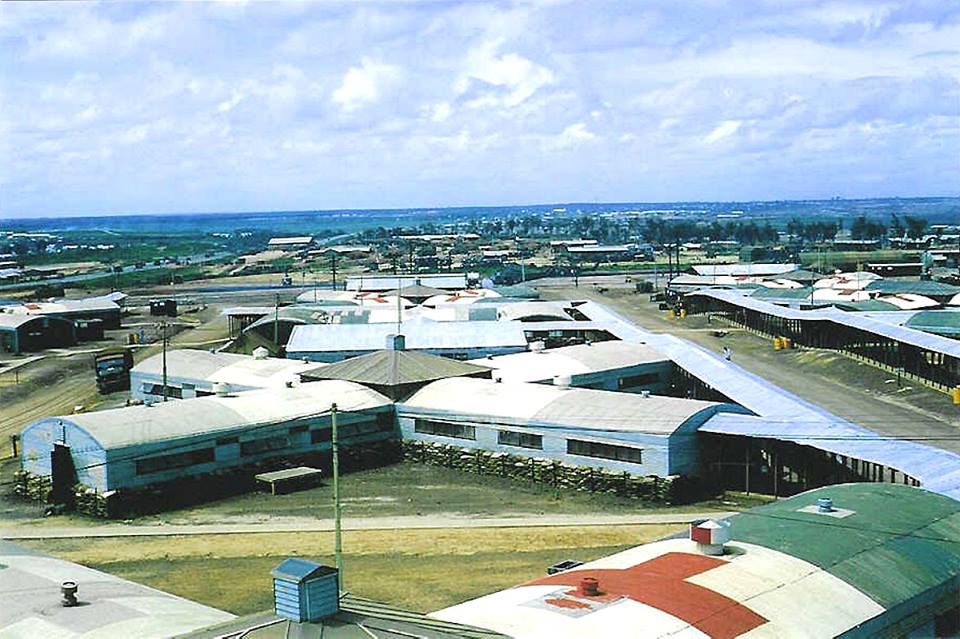


 I received my draft notice three months before the draft lottery went into effect on December 1, 1969. Looking at this chart, my lottery number would have been 69.
I received my draft notice three months before the draft lottery went into effect on December 1, 1969. Looking at this chart, my lottery number would have been 69.
